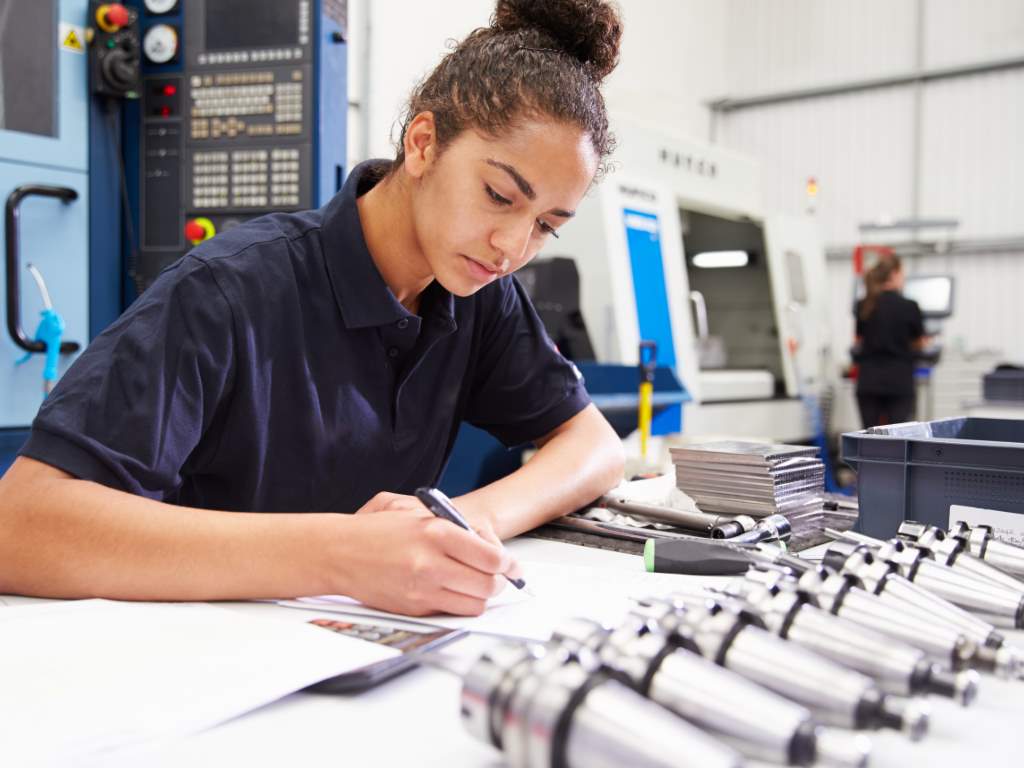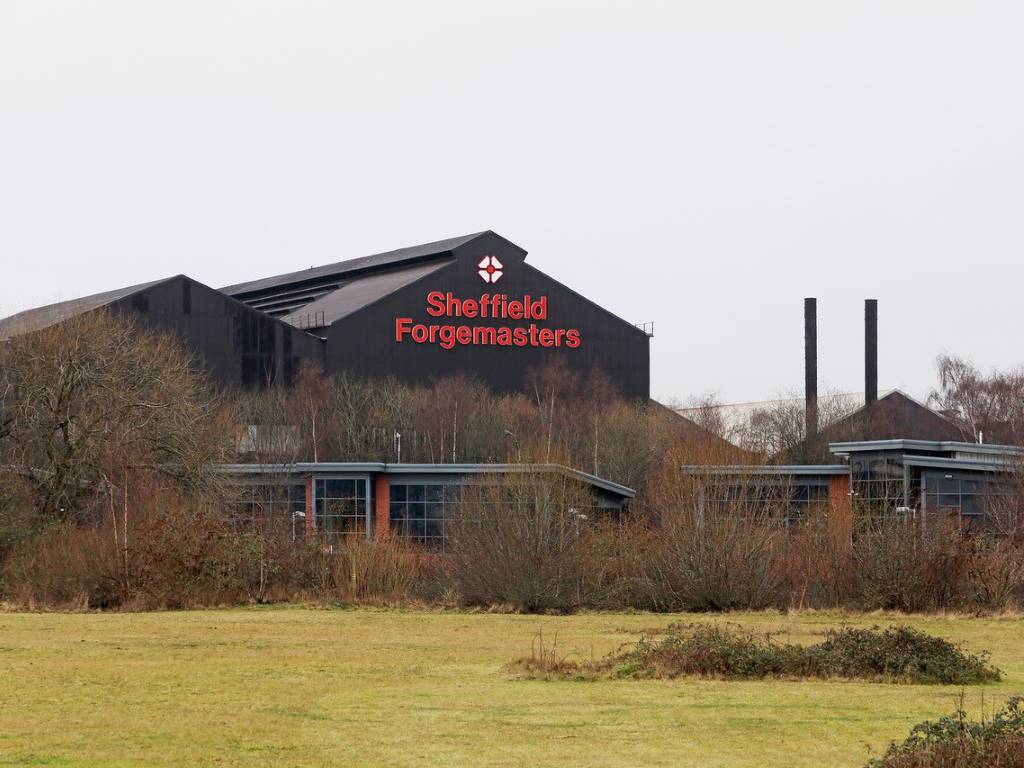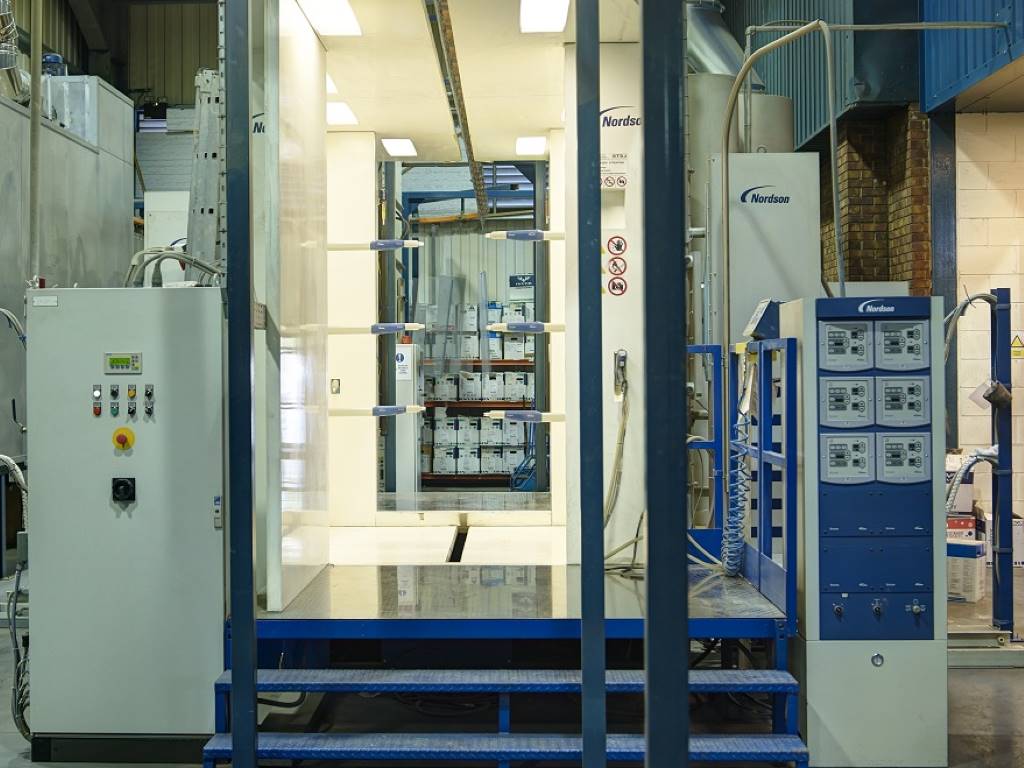Time to take the plunge?

Honing has long been considered a specific skill and consequently turned into a specialism, delivered by masters of the art; the preserve only of those needing a precise surface finish.
However, with the improved availability of electronically controlled machines and conversational programming, Martin Elliott, managing director of specialist honing equipment manufacturer Delapena argues that the honing process has been transformed and offers much to a considerably wider market. So it is time to take the plunge?
Experienced engineers will recognise honing traditionally as a lapping process, usually manually done by someone with special expertise. Beyond these experienced ‘masters', there have been relatively few willing to embrace the process, put off by the level of dexterous skill traditionally required for the manual methodology.
The level of skill may have been one deterrent, plus the speed of process meant that it was historically reserved just for producing a surface finish, specific geometry and specific tolerance, not for stock removal. So the perception may have been of an ‘art' with restricted application.
Whilst historically this belief may have been justified, in recent years honing has been transformed into a reliable, precise and repeatable process with far greater stock removal capability. The technology once restricted to the highest end machines and used only by the largest OEMs has cascaded and become available and accessible to a mass market.
New honing machines now bring affordable computer controlled efficiency and precision to a much wider audience. Conversational programming eases set up and a de-skilled operation improves not only safety, but also the rapidity of the process. In fact honing is now suitable in a production line, in-cycle or in-process, which offers significant efficiency savings and an impressive return on investment. With improved process and speed of material removal, honing should now be thought of for grinding as well as lapping – one efficient process rather than the expense of two.
The ‘good' old days
Many workshops will be able to describe a specific engineer that did all the honing; a mature chap that carefully controlled the part by hand, guiding it by eye and judging it by touch. Often a time consuming and messy business, cloaked in mystery, easy to get wrong and challenging to perfect, honing was left to the expert. And in some workshops that's still the case.
However, like many ‘arts', honing has been put at risk by a skills gap in the engineering market – those with the greatest expertise and experience have been leaving the industry and there is a lack of highly trained manual machine operators ready to replace them. This introduces risk for businesses as the gap in available skills reduces available options and threatens to drive costs up on specific projects. Some have turned to CNC machines for honing, using the considerable capability of CNC to develop an accurate process. Whilst effective, this is a costly approach which commits high capital value machinery to a relatively simple process. It works, but it's expensive and it means that major equipment is unnecessarily employed to do what can now be achieved just as effectively at much lower cost.
Good news then that the honing process is being de-skilling by the latest specialist electronic machines. Whilst these automatic or semi-automatic machines keep all of the precision, they improve repeatability and allow unskilled operatives to fill a gap left by the retiring masters, aided by computer control and a programmable process.
A new breed
The new breed of honing machines are set up by conversational programming via touchscreen or uploaded programmes via USB. This requires process engineering ability and is the one part of the approach that requires skill. Once programmed, the machine moves to exact input values, rather than being physically adjusted, so the variance introduced by the human factor is gone. Operation becomes a simple, clean, de-skilled and hands-free process, with workers protected by the improved safety features of sensor-controlled, failsafe, interlocking guards, which only allow operation once securely closed.
Computer controlled machines afford exact adjustment and precisely control the rate of material removal and rate of expansion. Together with an efficient process, this can make for considerable time savings. Not just rapid in operation, today's honing machines also provide for slick changeovers between batches, thanks to quick-change tooling.
With digital control, machines can now be remotely accessed for diagnosis which makes maintenance efficient and cost-effective. It also allows for rapid support, no matter where in the world the machine is sited, an internet connection is the only requirement.
Growth in honing
Combating historic underuse, electronically controlled honing machines open the process to a much wider potential market. No longer the preserve of the workshop for outsourced parts, honing can now be employed in-process, bringing control in-house and affording numerous efficiency savings. Work in progress can be reduced, the need to ship parts in and out can be removed, whilst running multiple operations simultaneously on a number of machines becomes possible.
Honing is a good way to remove material, to internally grind, to create tight geometry and an exact surface finish, all to a consistent standard. Use of the process is entirely application driven and new applications appear every day – from obvious uses in hydraulics to something more obscure such as honing glass tubes for precision dosing syringes, or producing a tapered choke in the barrel of a sporting rifle. Honing is particularly appropriate for working with harder materials but can be used for stock of every hardness, including ferrous and non-ferrous metals, ceramics, glass, plastics and molybdenum. Not only do the latest machines make honing accessible, but so too does the level of expert support now available. Those that have never used the process before can benefit from assistance with tooling, fixtures, training and process engineering, whereby the process can be developed or optimised and the necessary programming designed to meet that need. Expert guidance is available to correctly match the cutting properties of the abrasive with the material being honed; the remaining ‘art' that can significantly impact the success achieved.
A wide range of horizontal, vertical and heavy tooling is now available to support the latest honing machines, which supports a broad range of existing applications. Beyond this scope, special tooling can also be developed specifically to suit a new component or process, affording almost limitless potential. Intelligent design of fixtures supports the practical operation and can lead to improved results and faster cycle times.
If ever there was a right time to consider honing it's now. For a whole host of reasons, not least of which are the measurable advantages; the potential time savings, cost savings, efficiency savings and return on investment from using this process to transform a production line. As a recent example, consider the improvement in cycle time that took a batch of 300 parts from 25 hours manual honing down to just 45 minutes on the right machine with right tooling, fixtures and process. An exciting but not uncommon case of honing transformation.
Delapena
www.delapena.co.uk












